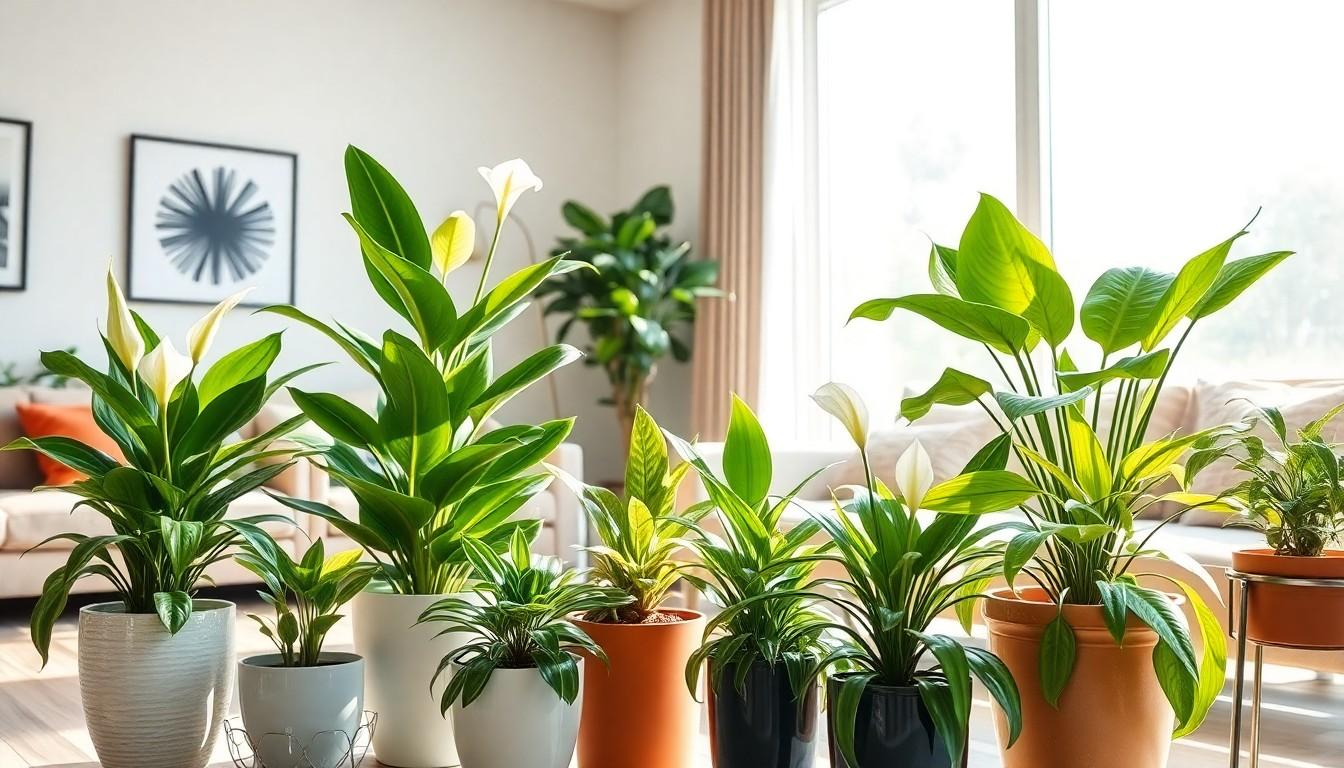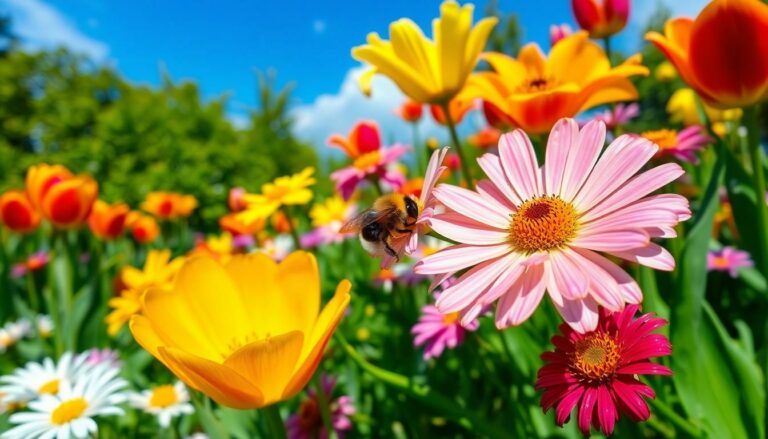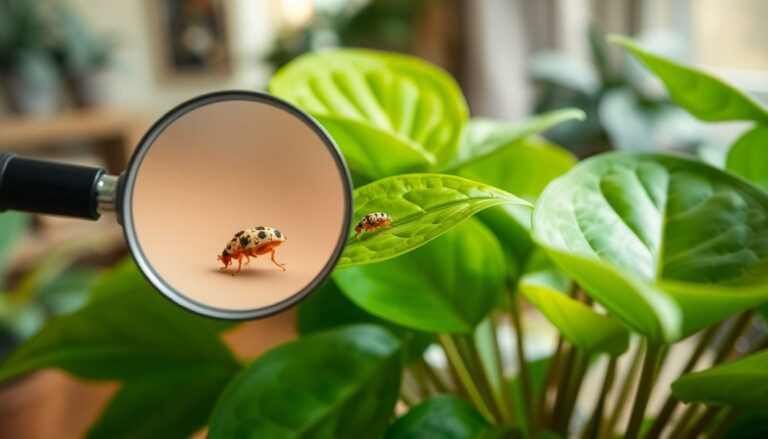
House Plants That Purify the Air: Discover Nature’s Tiny Green Superheroes
In a world where air quality often resembles a bad science experiment, house plants come to the rescue like tiny green superheroes. Not only do they add a splash of life to dull corners, but they also work tirelessly to purify the air, making your home a fresher, healthier haven. Who knew that a little foliage could pack such a powerful punch against indoor pollutants?
Overview of House Plants That Purify The Air
House plants significantly enhance indoor air quality. Many common varieties have the ability to filter toxins and improve overall well-being. Some of the most effective air-purifying plants include the spider plant, peace lily, and snake plant.
Spider plants thrive in various light conditions and remove pollutants like formaldehyde and xylene. Peace lilies excel in low-light environments, making them ideal for darker rooms. They actively filter benzene, airborne mold, and trichloroethylene. Snake plants require minimal maintenance and convert carbon dioxide into oxygen at night, benefiting nocturnal air quality.
Other notable plants include bamboo palm, rubber plant, and golden pothos. Bamboo palms efficiently filter out benzene and formaldehyde, while rubber plants combat pollutants and humidity. Golden pothos possesses trailing vines; it effectively reduces indoor dust and toxins.
Including a mix of these plants can create a diverse and functional indoor ecosystem. Placement throughout a home, such as bedrooms, living rooms, and offices, maximizes their air-purifying abilities. Each variety contributes unique benefits, promoting a healthier living space.
Proper care ensures these plants’ effectiveness in purifying air. Providing adequate water, light, and occasional pruning helps maintain their health and enhances their air-cleaning properties. House plants not only beautify a home; they serve an important purpose in fostering clean and breathable air.
Benefits of House Plants

House plants significantly improve indoor environments. Their presence not only beautifies spaces, but also offers multiple advantages, such as improved air quality and enhanced mental well-being.
Improved Air Quality
House plants play a crucial role in enhancing air quality. Specific plants, like peace lilies and spider plants, filter out harmful pollutants effectively. These plants absorb toxins such as formaldehyde and benzene from the air. According to NASA’s Clean Air Study, certain varieties can reduce indoor air pollution by up to 87% within 24 hours. Individuals who maintain these plants enjoy fresher, cleaner air, which contributes to better respiratory health. Various studies also link improved air quality with fewer allergy symptoms. In summary, incorporating these plants leads to a healthier living environment.
Mental Well-being
House plants contribute positively to mental well-being. Studies indicate that greenspaces can reduce stress and enhance mood. Regular interaction with indoor plants fosters a sense of calm and relaxation. According to research published in the Journal of Physiological Anthropology, individuals in plant-rich environments report lower anxiety levels. Even simple acts, such as watering or pruning, can elevate mood and encourage mindfulness. Access to nature, even indoors, supports greater overall happiness. Thus, these plants not only purify the air but also promote emotional health.
Popular House Plants That Purify The Air
House plants contribute significantly to a healthier indoor atmosphere. Here are some popular options known for their air-purifying abilities.
Snake Plant
Snake plants, also known as Sansevieria, require minimal maintenance. They thrive in various lighting conditions, making them versatile. This plant absorbs carbon dioxide and releases oxygen at night, contributing to improved air quality. Its ability to filter toxins like formaldehyde and benzene enhances living spaces. Placing a few snake plants in bedrooms fosters cleaner air while adding aesthetic appeal.
Spider Plant
Spider plants consist of slender green leaves with white stripes. Known for their adaptability, they do well in low-light environments. This resilient plant excels at removing pollutants such as formaldehyde and xylene from the air. Additionally, spider plants produce offshoots or “pups,” which can be easily propagated. Incorporating spider plants into home decor enhances both air quality and visual interest.
Peace Lily
Peace lilies flourish in low-light areas, making them ideal for various indoor settings. With their dark green leaves and elegant white blooms, they add beauty while purifying air. These plants effectively eliminate toxins including ammonia, benzene, and formaldehyde. Regular watering keeps peace lilies healthy, and their ability to thrive in humidity increases indoor comfort. Displaying peace lilies promotes a serene atmosphere in any room.
Boston Fern
Boston ferns, characterized by their feathery fronds, thrive in humid environments. These ferns are highly effective in removing formaldehyde and other toxins from the air. They prefer indirect light and consistent moisture, making regular care essential. Boston ferns enhance interior aesthetics while improving air quality. Adding them to living spaces encourages a fresh and vibrant atmosphere.
Tips for Caring for Air-Purifying Plants
Caring for air-purifying plants ensures they remain effective in enhancing indoor air quality. Proper maintenance involves understanding their specific growing needs.
Light Requirements
Each plant has unique light preferences. For instance, snake plants thrive in low and indirect light, while spider plants appreciate bright, indirect sunlight. Peace lilies do well in low light, but they’ll flower better with more brightness. Regularly assess light conditions to avoid stress on plants, which can lead to reduced air purification capabilities. Adjust placements as necessary; indoor plants benefit from not being too close to windows where direct sunlight could scorch leaves.
Watering Guidelines
Watering practices vary among plant species. It’s essential to check moisture levels before watering; overly dry soil indicates the need for hydration. For example, snake plants prefer to dry out between waterings, while peace lilies appreciate consistently moist soil. Adjust the watering frequency based on seasonal changes, such as increased evaporation during summer. Feel the soil’s top inch; if it’s dry, water until it drains from the bottom. Regularly inspect the leaves for signs of overwatering like yellowing; this can harm the plant’s overall health.
Soil and Fertilization
Choosing the right soil significantly impacts plant health. Well-draining potting soil benefits most air-purifying plants, preventing root rot. Consider using a commercial mix designed for houseplants, which typically contains peat moss and perlite. Fertilization promotes growth; during the growing season, a balanced liquid fertilizer every four to six weeks supports healthy development. For peace lilies and Boston ferns, a nitrogen-rich fertilizer enhances foliar growth and flowering. Avoid fertilizing in the dormant winter season; plants require less energy during this time.
Conclusion
Bringing house plants into a home offers more than just aesthetic appeal. These green companions actively purify the air and contribute to a healthier living environment. With their ability to filter out harmful toxins and improve indoor air quality, plants like the spider plant, peace lily, and snake plant stand out as excellent choices.
Caring for these plants ensures they remain effective in their air-purifying roles while enhancing mental well-being. The calming presence of greenery can reduce stress and elevate mood, making any space feel more inviting. Incorporating house plants is a simple yet impactful way to foster a cleaner and more serene home atmosphere.



